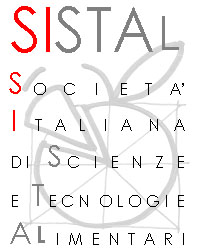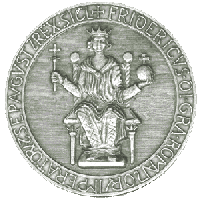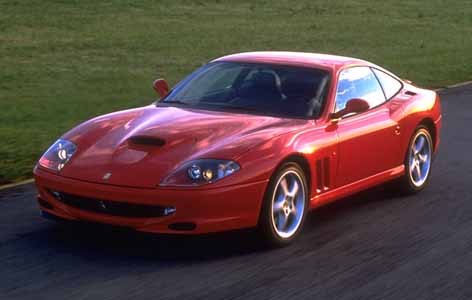
FOODSIM'2006
June 15-17, 2006, University of Naples Federico II, Naples, Italy
Conference Venue
Conference Venue
HISTORY
 The city spreads along the West coast of the gulf toward the Pianura
Campana. The map on the
www.inaples.it
website gives you the possibility to notice the " different Naples
" during 2500 years of history: the primitive Greek nucleus; the
Greek –Roman city; the medieval city; the Swabian and then Aragonese
city; finally the city of the XIX and XX century which extends until the
boundaries of Campi Flegrei. Naples is a city of contrasts, sometimes of
paradoxes: medieval quarters which preserve the ceremonial of the markets
of that age, others which are already different from their boundaries.
Some years ago even the anthropological characters allowed to establish
the zone of origin or the houses of people. An element stands out among
the others: the mildness of the climate.
The city spreads along the West coast of the gulf toward the Pianura
Campana. The map on the
www.inaples.it
website gives you the possibility to notice the " different Naples
" during 2500 years of history: the primitive Greek nucleus; the
Greek –Roman city; the medieval city; the Swabian and then Aragonese
city; finally the city of the XIX and XX century which extends until the
boundaries of Campi Flegrei. Naples is a city of contrasts, sometimes of
paradoxes: medieval quarters which preserve the ceremonial of the markets
of that age, others which are already different from their boundaries.
Some years ago even the anthropological characters allowed to establish
the zone of origin or the houses of people. An element stands out among
the others: the mildness of the climate.
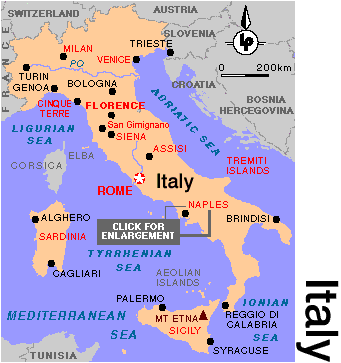
In a city with foundations of the seventeenth century b. C. and with endless city planning continuity, it is difficult to trace the history: it is necessary to consider the " prehistoric necropolis of Materdei " ( III millennium B. C.) and the settlement of the IX century b. C. The oldest sources quote the Greek- Cumanae Partenope and Neapolis, united to a new city in the V century. B. C., Partenope became Palepolis( the old city )which doesn’t have to be confused with Neapolis (the new city). It is not clear if it was made up with contiguous nucleus or " quarters " of a unique nucleus. At the end of the IVcentury B.C. the city became federate by Rome and from that moment Palepoli and Partenope disappeared. The role realized during the Roman period allowed to the city to be not completely " romanized " and to keep the idiom and part of the Greek customs, which can be notice still today in Neapolitan language.
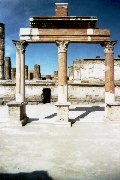 Naples was conquered by Odoacre, then by the Goths, by Belisario, by Totila; it became Byzantine, resisted to the Longobards and it became a self-governing duchy till the XI century. After the Norman conquest the city passed under the control of the Swabians of Federico II with a period of great development. The Swabian were replaced by Angevins till the advent of Alfonso of Aragon in 1442. Naples became vicereign with Consalvo de Cordoba the 14 May of 1503 till the entry of Charles of
Bourbon ( 10 May 1734 ). The 21 October of 1860 it became part of the reign of Italy. Its urban aspect is a kind of book; a historical anthology which is unwrapped page after page, building after building, and that, for the greatest part, it has been declared by the UNESCO " Patrimony of humanity ".
Naples was conquered by Odoacre, then by the Goths, by Belisario, by Totila; it became Byzantine, resisted to the Longobards and it became a self-governing duchy till the XI century. After the Norman conquest the city passed under the control of the Swabians of Federico II with a period of great development. The Swabian were replaced by Angevins till the advent of Alfonso of Aragon in 1442. Naples became vicereign with Consalvo de Cordoba the 14 May of 1503 till the entry of Charles of
Bourbon ( 10 May 1734 ). The 21 October of 1860 it became part of the reign of Italy. Its urban aspect is a kind of book; a historical anthology which is unwrapped page after page, building after building, and that, for the greatest part, it has been declared by the UNESCO " Patrimony of humanity ".
A historical-social indicator of the evolution of Naples in the centuries is the demographic trend: in Greek age the inhabitants were about 30.000; they didn't exceed 40.000 till the XIII century to reach 60.000 inhabitants in Angevin
period and the 110.000 at the end of the Middle Age. In 1547, during the first true census, were recorded " 212.106 "inhabitants, while in 1630 there were about 300.000 inhabitants. After the Black Death of 1656 people reduced to 160.000 inhabitants, to go up again to 270.000 with Charles of
Bourbon and to 442.000 in 1798. To the census of 1861 there were 447.065 inhabitants, risen to 760.220 after 60 years and to about 900.000 at the end of the Second World War, and 1.061.365 today. Between the 1700 and the 1800, Naples was one of the most populated European capitals.
The old city, followed by the Greek city, extended in the area between the present Via Foria, Costantinopoli, San Sebastiano, Santa Chiara, Umberto I, Pietro Colletta and Capuano Castle, where you can see the three “decumani” and “cardini”. The city was widened during the reign of Ruggiero the Norman (X century), then, in XIII century the city was again widened during the Angevin age and it extended its confines until the present Piazza Municipio where there is the New Castle (Maschio Angioino). During the Aragonese age the development extends until the East area and to the present Via Toledo, towards West. The city extended again during the reign of the
Bourbons: the city extends and goes over Piazza Charles III, the Villa Comunale was built; a lot of buildings were built on the hills of Sant’Elmo, of Capodichino and of Capodimonte.
During this period the first “speedroad”was built: Corso Maria Teresa d’Austria (today Vittorio Emanuele), protected by special “rescritti” to save “with an anticipation of more than one century about the modern city planning” the landscape from new buildings. Between the end of the reign of the
Bourbons and the beginning of the reign of Savoia family, Naples develops in all the directions: from the ancient Bridge of Maddalena (where is a plate for the memory of the tax collector’s walls) to Mergellina, new buildings and new streets widen the “comunale” area, while from the hills the buildings are spread until Campi Flegrei and the area of Nola.
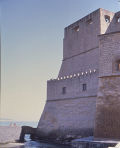 The monuments of Naples are a patrimony which dates back VII century B.C. and that is also more modern: more than 2500 years are stratified from the subsoil and for subsequent levels, as you can observe from the archeological area of S. Lorenzo (under the surface of the street) and from the S. Maria dell’Incoronata’ s Gothic Church, belonging to the XVI century (under the surface of the street. The artistic and monumental patrimony of Naples includes 12 museums, 4 big Picture-galleries, the
Aquarium, the Botanical garden, 4 Castles, 5 Gates, 2 Royal Palaces, 6 Parks, 8 Theatres, many fountains and squares, 7 Libraries, a lot of streets and buildings. Moreover, there are the churches (about 200), the most of which are important for their architecture, history and artistic value (sometimes they are buildings obtained by heathen temples), and the catacombs.
The monuments of Naples are a patrimony which dates back VII century B.C. and that is also more modern: more than 2500 years are stratified from the subsoil and for subsequent levels, as you can observe from the archeological area of S. Lorenzo (under the surface of the street) and from the S. Maria dell’Incoronata’ s Gothic Church, belonging to the XVI century (under the surface of the street. The artistic and monumental patrimony of Naples includes 12 museums, 4 big Picture-galleries, the
Aquarium, the Botanical garden, 4 Castles, 5 Gates, 2 Royal Palaces, 6 Parks, 8 Theatres, many fountains and squares, 7 Libraries, a lot of streets and buildings. Moreover, there are the churches (about 200), the most of which are important for their architecture, history and artistic value (sometimes they are buildings obtained by heathen temples), and the catacombs.
The Ancient Centre is a museum in the open air for the archaeology (the
Greek and roman walls, the excavations of S. Lorenzo and Duomo, the Cardini and the Decumani, the Anticaglia, the structures of Carminiello ai Mannesi, the Statue of Dio Nilo; but also buildings in which today people lives and which have some
Greek-roman elements make in lateritium, or columns and decorations). In the Old Center , divided in two parts by Spaccanapoli, there are also the most beautiful palaces of the noble families, unique examples of the Renaissance architecture; the magnificent Cloisters; numerous medieval structures (such as the indoor Market placed in Via Tribunali). The Old Center has an attractive importance since here all the historical ages are stratified and overlapped: the Byzantine, Gothic, Lombard , Norman, Angevin, Swabian, Spanish, Austrian, French and
Bourbon sovereignty. In this place the confectionery tradition of the nunneries and the monasteries, and the tradition of the craftmen's'
studios of which the most typical and famous is the production of Christmas cribs located in S. Gregorio Armeno. Visiting the Old Center is an excitant way for an historical revival that starts from the
archaeological site to go through 25 centuries and ends to the present time, among emotions, suggestions, magic , unexpected and sudden discoveries.
The artistic visit to the monuments and to the archaeological sites must include Roman Villas and
ruins which are placed above all on the hill called Posillipo. Donn’Anna Palace and the magnificent baroque Villas, the big caves of the underground (caves made of tuff of the roman period); the Crypta beapolitana , where Virgilio’s Tomb is placed; and many urbanistic elements of Pizzofalcone, that represent the continuity of the ancient
Greek acropolis. This do not mean that the monuments, the architecture and the artistic masterpieces are located only in this area. Piazza Mercato, Via Medina and Piazza Municipio, Piazza Plebiscito and Santa Lucia, Pizzofalcone, Mergellina and Posillipo, Vomero, Camaldoli and Capodimonte must be mentioned and visited.
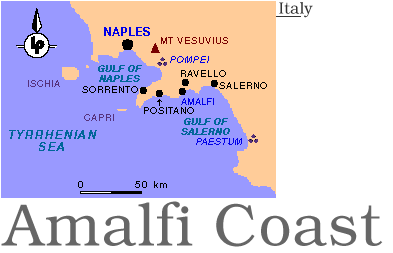
 In this city the churches, the museums, the centres of culture, the castles, the
wonderful villas, the fountains, the squares, the magnificent buildings follow one another and are the best of an artistic survey that rarely can be compared to another one in the world. Since in Naples there are a lot of beauties, it is necessary to ask for information in the
offices which give you all tourist information which are located in different places of the city. Finally, Naples is a great box that extends from the sandy shore of Cordoglio, at West, to the sandy shore of San Giovanni, at East, to step over the hills and reach the southern border of the plain of Campania region: the visitor should discover each street and each monument.
In this city the churches, the museums, the centres of culture, the castles, the
wonderful villas, the fountains, the squares, the magnificent buildings follow one another and are the best of an artistic survey that rarely can be compared to another one in the world. Since in Naples there are a lot of beauties, it is necessary to ask for information in the
offices which give you all tourist information which are located in different places of the city. Finally, Naples is a great box that extends from the sandy shore of Cordoglio, at West, to the sandy shore of San Giovanni, at East, to step over the hills and reach the southern border of the plain of Campania region: the visitor should discover each street and each monument.
Visiting Naples means also and above all “to live the city”, and this can happen only if you come into contact with its “colour”, that, mind, is not the decline of the customs, nor the metropolitan decay of its culture. It is instead the fact that the traditions have been always alive during the centuries. The art of goldsmith; the crafts of the lute-makers and of the masters who create masterpieces made of
wrought iron or wooden objects; the genius of the “pastorai”, who mould objects in clay according the past customs; the masterpieces made by the potters of Capodimonte are an example. In the
Napolitan “colour” the artists are inspired, such as Sammartino, musicians such as Mozart. These are only some examples , but they are sufficient to know the bases of Neapolitan culture and handicrafts.
 The Greeks and the
Romans, before the visitors came here during the period of Grand Tour, discovered the natural beauties of Naples: its sea, its hills, its mild weather, its
wonderful panoramic landscapes. In the toponyms is kept the memory: Mergellina for Mar ialinum (unpolluted and clear sea water), Posillipo for Pausis Lypè (end of the pain), Chiatamone for Platamon (level shore), and certainly visiting the city always leaves in your mind a sweet memory of a sunset seen from the the hill of San Martino, of a red sunset which makes Castel dell’Ovo alive, of the bright light that during the day creates some silver
rays in the sea in Via Caracciolo. Even at night Naples has a spontaneous beauty, that goes beyond the string of pearls of the urban light and makes you discover wonderful and unexpected corners; sudden moments of natural beauty and unexpected faces of an old and always young beauty.
The Greeks and the
Romans, before the visitors came here during the period of Grand Tour, discovered the natural beauties of Naples: its sea, its hills, its mild weather, its
wonderful panoramic landscapes. In the toponyms is kept the memory: Mergellina for Mar ialinum (unpolluted and clear sea water), Posillipo for Pausis Lypè (end of the pain), Chiatamone for Platamon (level shore), and certainly visiting the city always leaves in your mind a sweet memory of a sunset seen from the the hill of San Martino, of a red sunset which makes Castel dell’Ovo alive, of the bright light that during the day creates some silver
rays in the sea in Via Caracciolo. Even at night Naples has a spontaneous beauty, that goes beyond the string of pearls of the urban light and makes you discover wonderful and unexpected corners; sudden moments of natural beauty and unexpected faces of an old and always young beauty.
Text by Genny Bruzzano from the Naples Tourist Board Website
The FOODSIM2006 website is linked to the Naples Tourist Board Website (www.inaples.it) as this website provides you with all possible information on Naples itself. The site gives you a historic overview of the city and even provides you with a virtual walk through the city centre and some historical buildings.
|
Tourist Office: Ede Centrale |
|
|
|
 |
CONFERENCE SITE
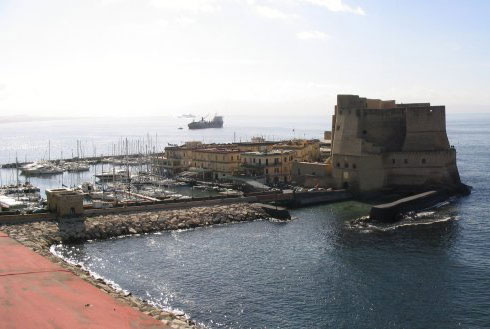 View from
the conference centre.
View from
the conference centre.
 |
The FOODSIM'2006 conference itself, is held
at
http://www.centrocongressi.unina.it/ Via Partenope, 36 - 80121 Napoli Tel +39.081 2537395 - +39.081 2535706 Fax: +39.081 2535729 To get an idea of the location of the conference site in relation to the city of Naples, just have a look below at the map. You see the location at Via Partenope right at the bottom of the picture, where the name of the street is printed |
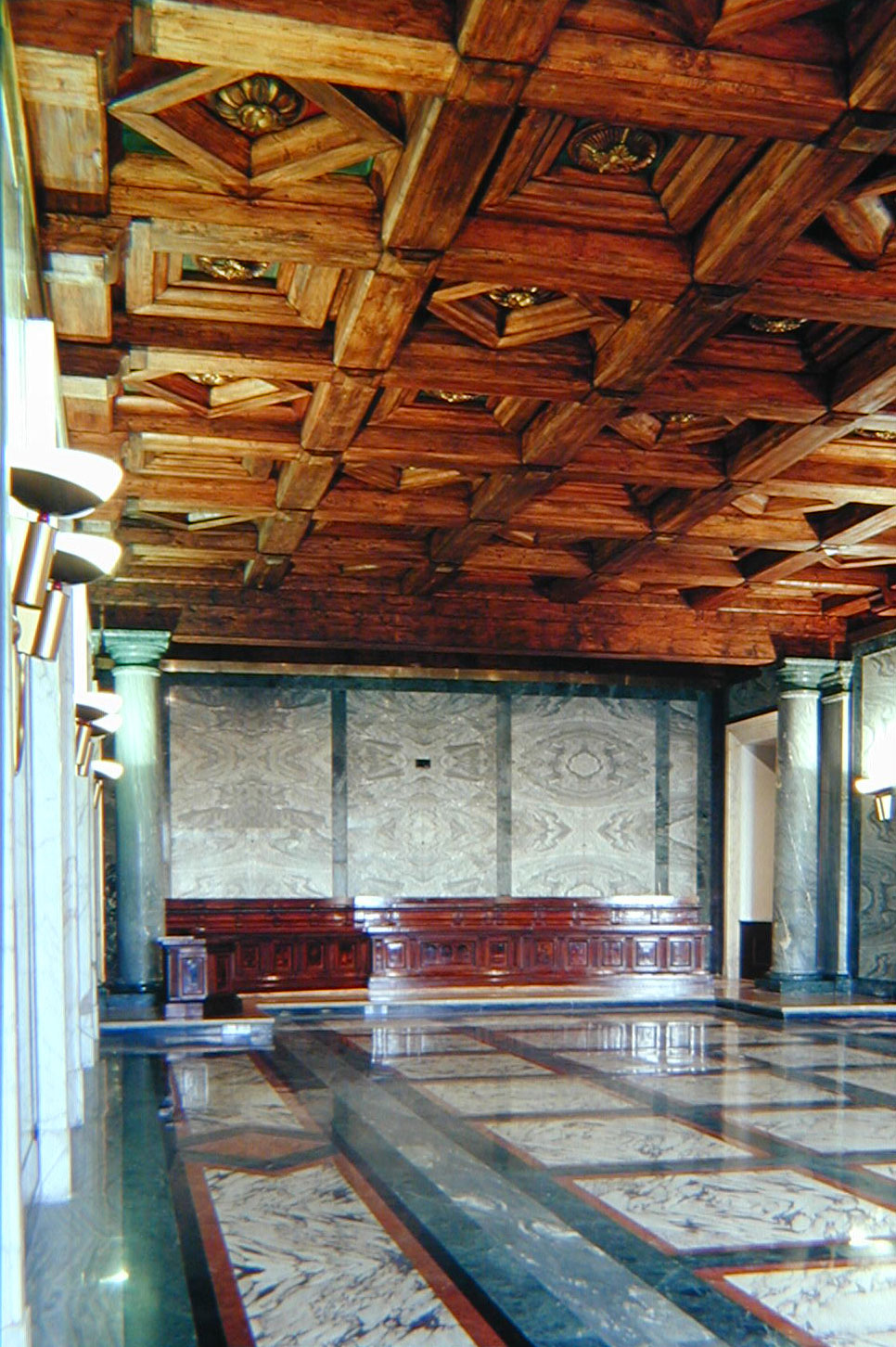 |
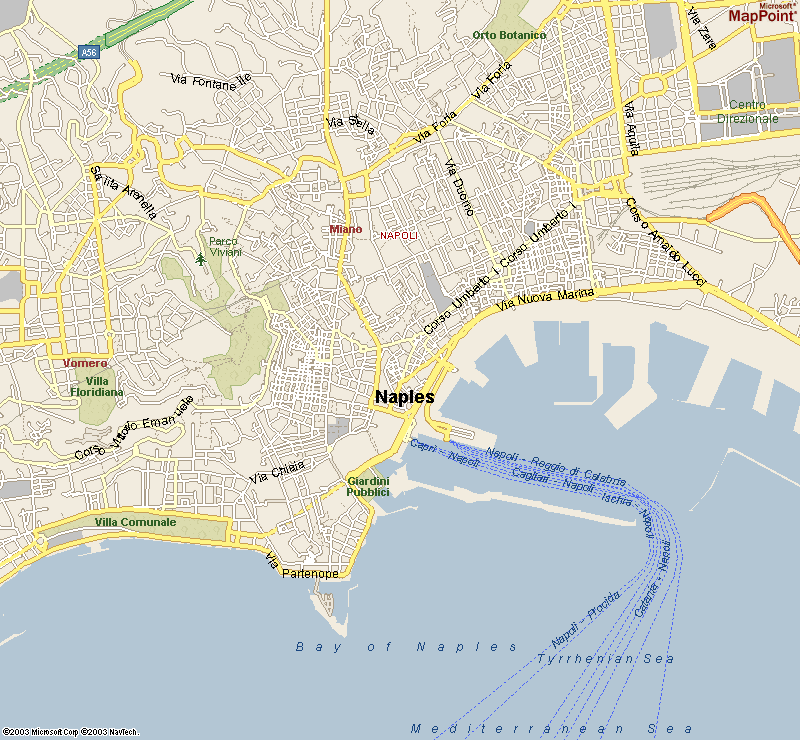
|
|
|
 |
|
|
HOW TO GET TO NAPLES |
|
| By Air |

![]() International Airlines of
Italy,
www.alitalia.it
International Airlines of
Italy,
www.alitalia.it
Airport Napoli Capodichino
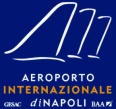 Naples International Airport is confirming its role as the gateway from Southern Italy to Europe through its daily direct connections with major European hubs. Thanks to the trust invested in the airport by the airlines, today our objective is to satisfy the requests of all of our customers. We are committed to guaranteeing an ever-increasing selection of travel options suited to the different needs of travellers transiting our airport everyday: from businessmen needing to make same day roundtrip flights to students seeking special rates.
Naples International Airport is confirming its role as the gateway from Southern Italy to Europe through its daily direct connections with major European hubs. Thanks to the trust invested in the airport by the airlines, today our objective is to satisfy the requests of all of our customers. We are committed to guaranteeing an ever-increasing selection of travel options suited to the different needs of travellers transiting our airport everyday: from businessmen needing to make same day roundtrip flights to students seeking special rates.
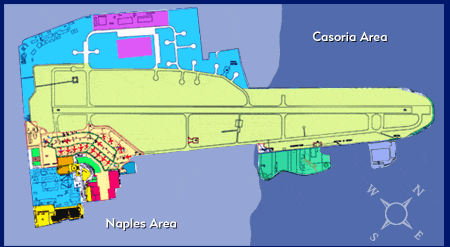
General Map of the Airport
Domestic reservations:, Tel.:
39 - 08488-65641. From Rome and mobile phones: 06-65641
International reservations:Tel.39 - 08488-65642. From Rome and mobile phones: 06-65642
Information:- Tel.39 - 8488-65643. From Rome and mobile phones: 06-65643
Distance from the airport to the city centre: 5 km
There are several direct flights to and from Naples Capodichinol airport
Brussels - Frankfurt – Lisbon – London – Milan – Paris - Zurich
Otherwise you can take a shuttle into Naples from Milan and Rome.
|
|
More flight information and telephone numbers of different carriers can be found on: http://www.gesac.it/en/index_links.html |
| Cheap Flights to Naples from the UK can be ordered through Cheapflights |
| By Rail |
![]()
|
|
The
Italian Railways offer daily connections with the European railway network,
and provides daily connections with all
the Italian major cities. Further information on train connections can be found on this link. |
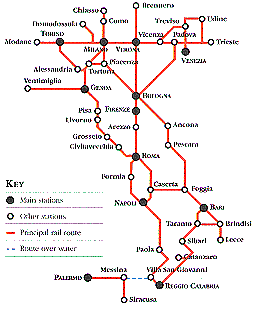 |
| By Sea |
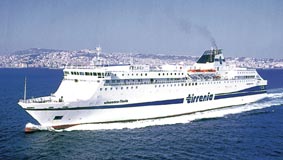
| A number of
companies provide services between the major ports in Italy
(denoted by the yellow dots on the map) and Spain, France and
North Africa Among those companies you can choose from
Tel: +39.081/2514711-7201111 |
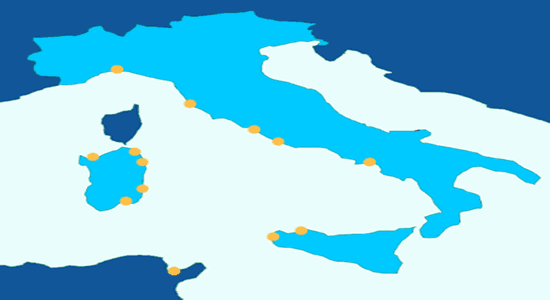 |
Or you can take the coastal connection to Naples through Metro del Mare
|
|
 |
| By Road |
The Autostrade
| This is the
official website of the
Italian Motorways. You can plan your
journey here by car to Naples. If you survive that, then Naples
will be a slice of pizza. You can also check the road conditions
on the webcames on this site Alternative links are the following: http://home.no.net/lotsberg/data/italia/autostrade.html http://home.no.net/lotsberg/data/italia/autostra-2.html http://www.geocities.com/marcelmonterie/i.htm |
|
Getting About by renting a car:
By Bus
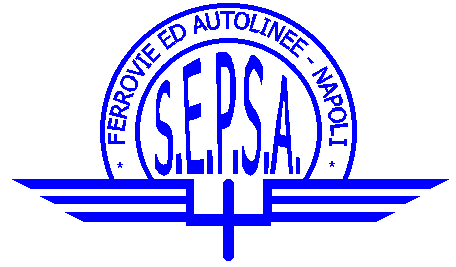 |
SEPSA Piazza garibaldi Napels, Italy tel. +39.081/7354111 fax: 081/7354292 web site: www.sepsa.it |
By Metro
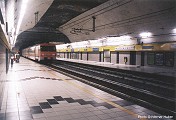
You can get about
Naples very easily by using the Metro Network. Here is
a link where you
can find out
more about the network.
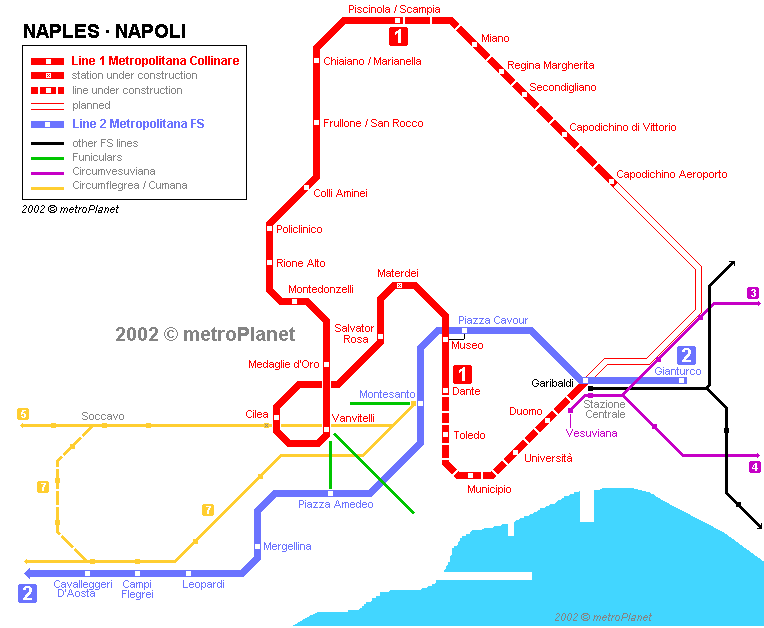
Map
of the Naples Metro Network
A general website to get out and about in Naples: http://www.campaniatrasporti.it/
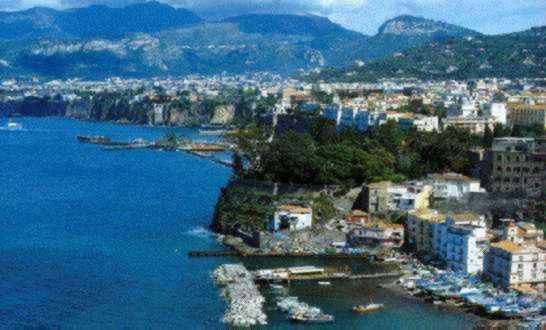 |
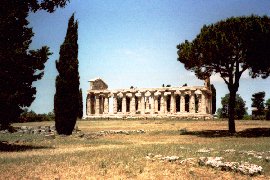 |
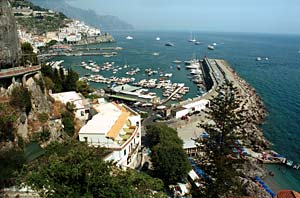 |


















